These peony pruning mistakes can ruin your plants – here's how to avoid them
Expert advice for dodging pruning pitfalls to guarantee beautiful peony blooms every year
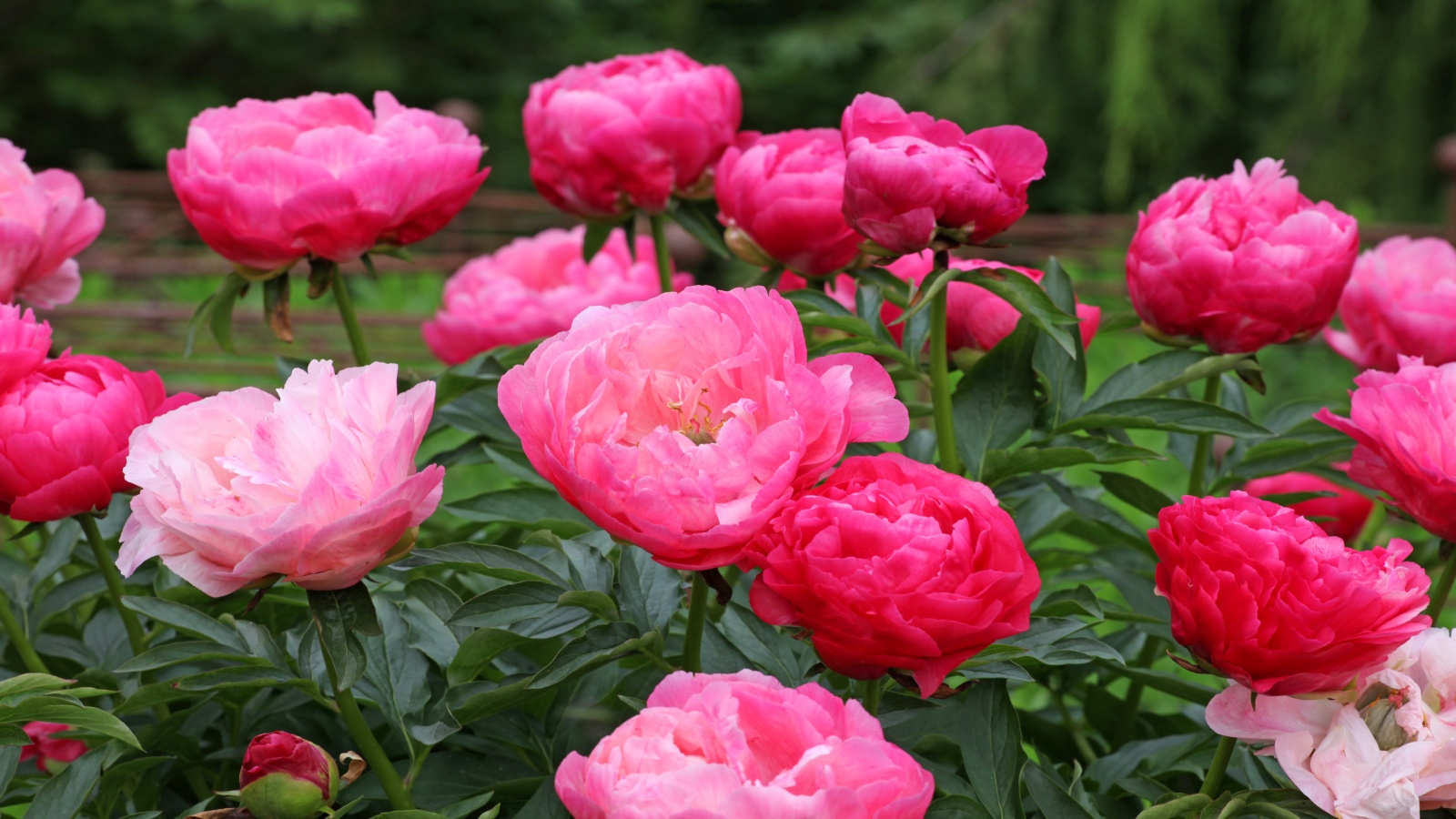

Peonies are some of the most glamorous stars of the summer garden; their many varieties producing deeply colorful blooms the size of dinner plates.
When you are coming up with flower bed ideas, there are three types of peonies to choose from: herbaceous, tree and hybrid intersectional peonies. All have different pruning needs to allow them to fill your yard with color.
Once you know how to grow peonies, either in your borders or in pots, you soon realise that pruning them correctly is one of the best ways of keeping the plants healthy and flowering year-on-year, so take care you don't make any of these common peony pruning mistakes.
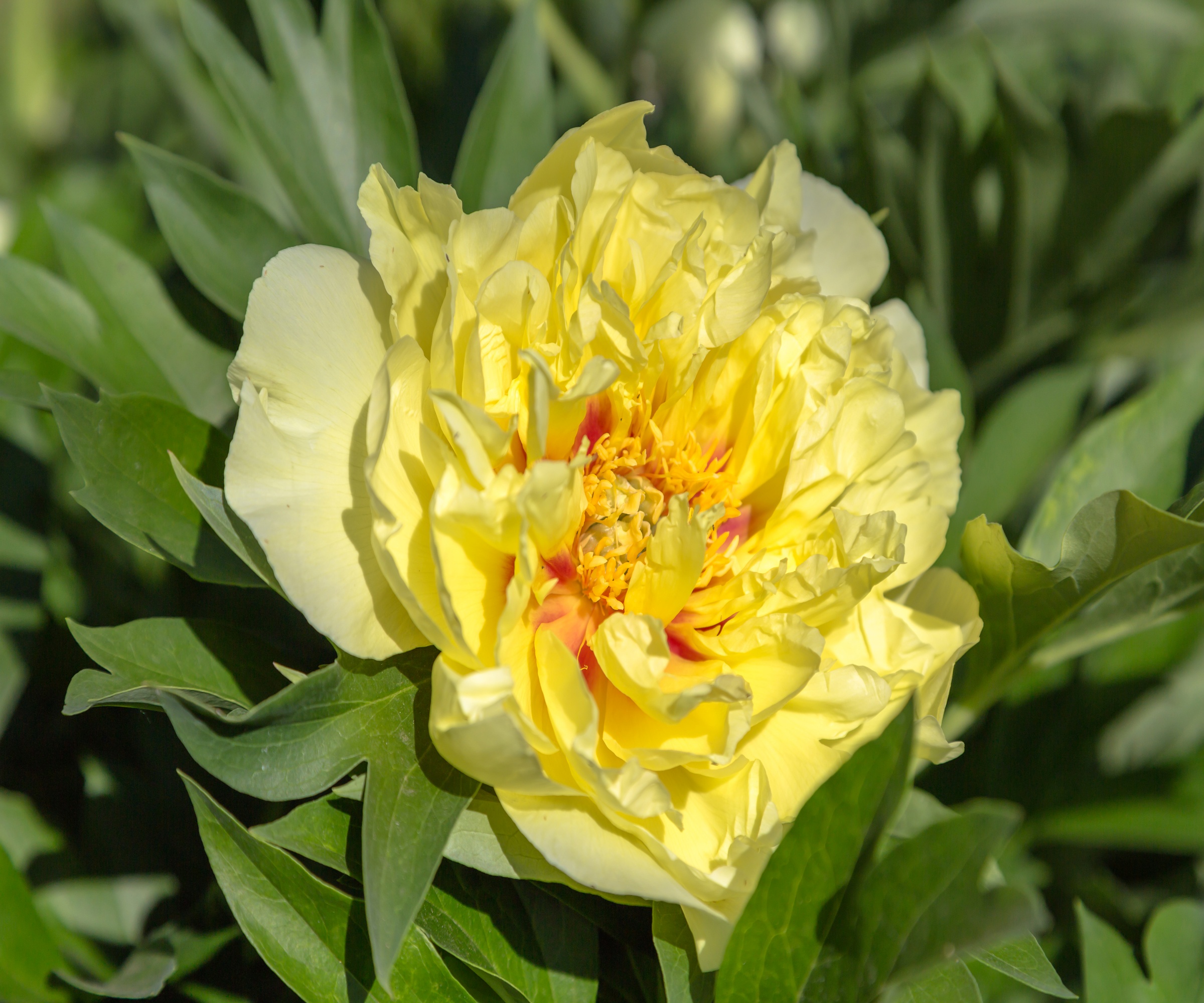
It is important to prune tree and herbaceous peonies correctly to get the best flowers and keep plants healthy
4 common peony pruning mistakes and how to avoid them
Like all plants, peonies need to be cut back to keep them healthy and in shape. Doing so also helps to create a sturdy framework for their legendary beautiful blooms.
Here, I show you how to avoid four of the most common peony pruning mistakes to get the best results from you plants.
Using blunt and dirty tools
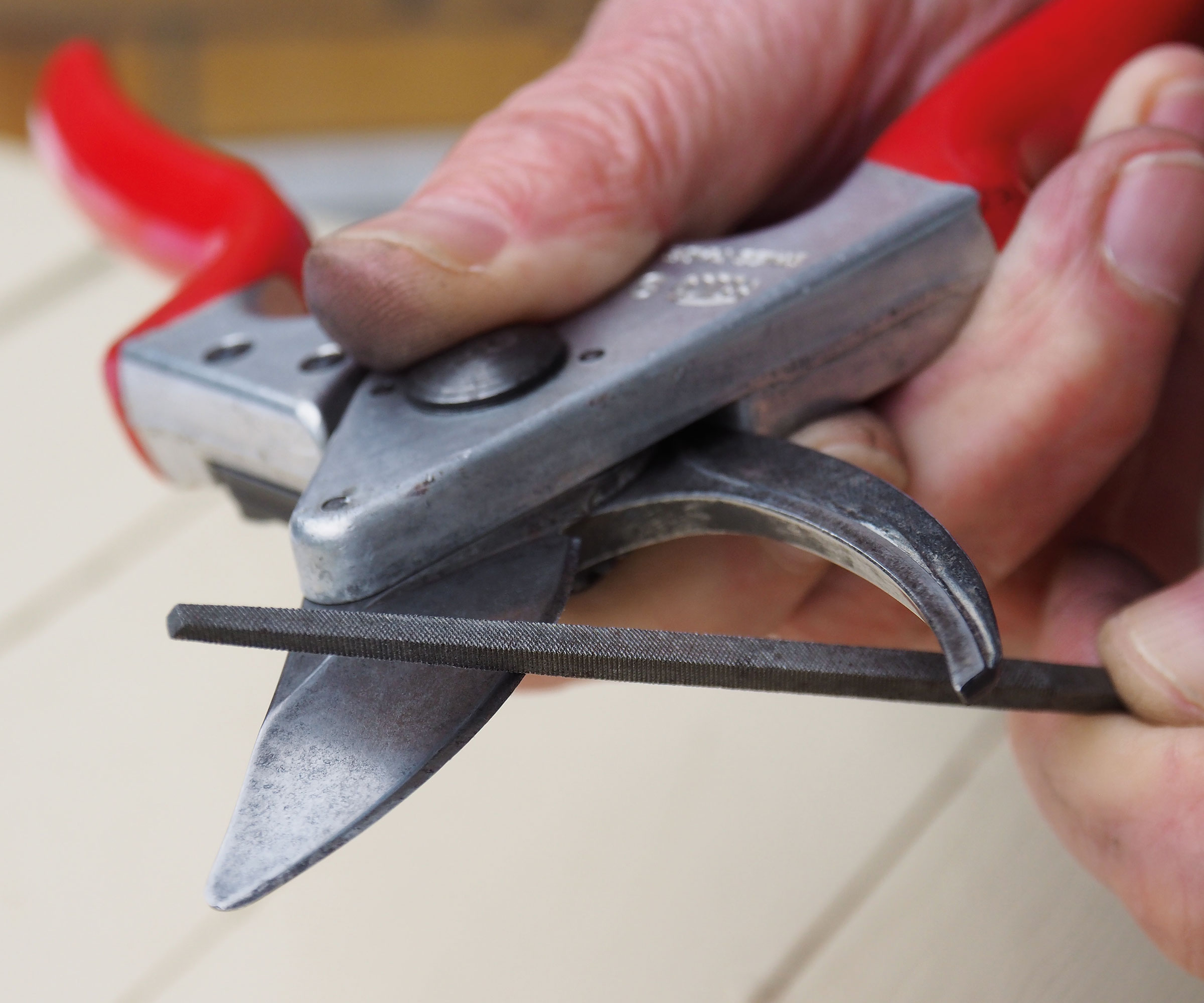
Always make sure tools are clean and sharp before pruning
Always make sure the tools you use are fit for the job, and are sharp and properly clean.
Blunt tools tear plant material instead of cutting cleanly, leaving remaining stems and branches open to pests and disease.
Design expertise in your inbox – from inspiring decorating ideas and beautiful celebrity homes to practical gardening advice and shopping round-ups.
Cutting tools that haven’t been cleaned can transfer diseases from plant to plant via blades still dirty with old sap and debris.
Sharp, clean secateurs and pruners are ideal for pruning herbaceous peonies in the fall. This handheld multi-sharpener tool from Amazon is the perfect thing for keeping your shears in top condition.
More sturdy loppers, like these best-selling Fiskars Bypass Loppers on Amazon, or a pruning saw like this top pick Corona Tools 10in folding saw on Amazon may be used for cutting back tree peonies, though smaller pruners may be adequate for small shoots after flowering.
Pruning at the wrong time
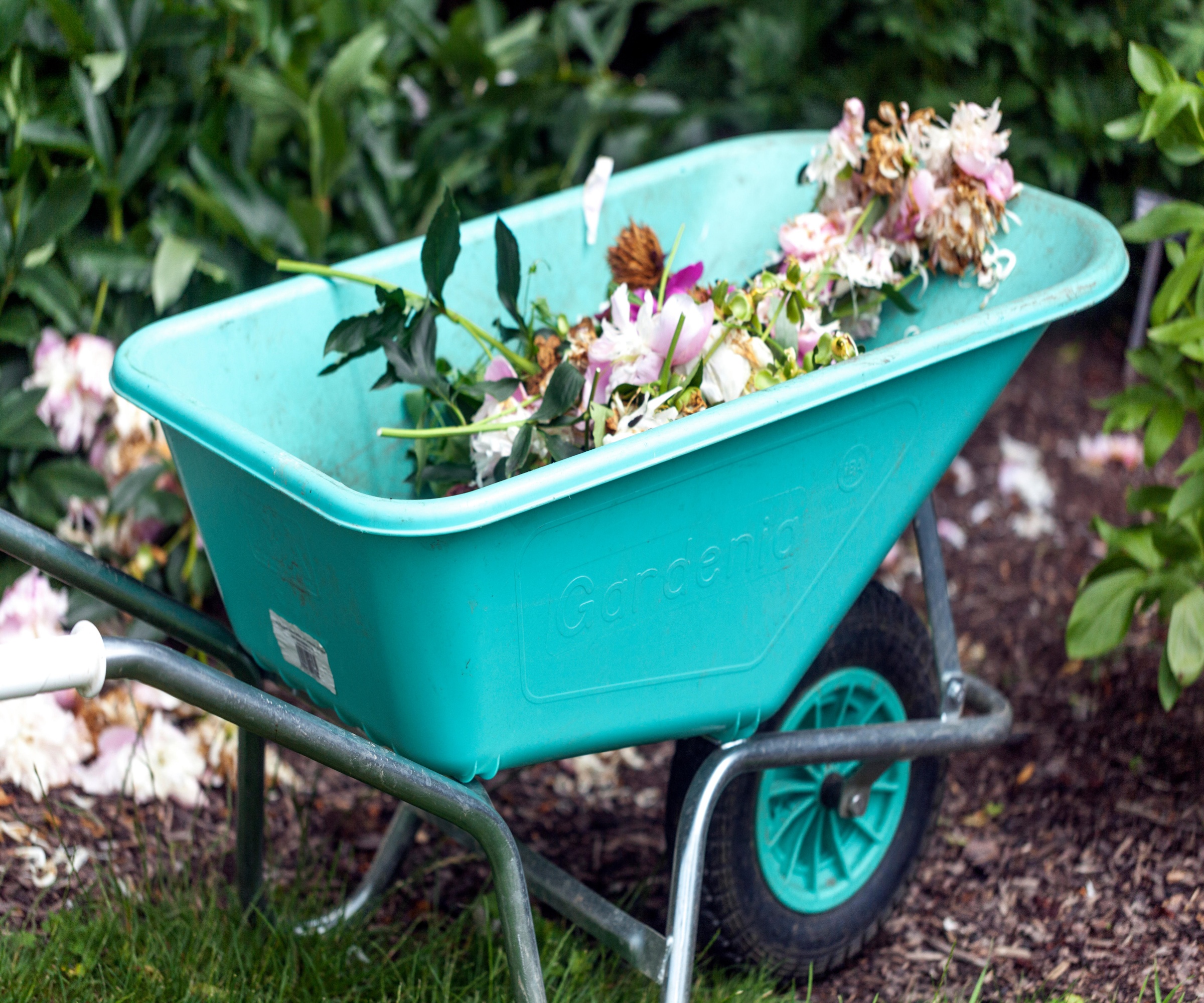
Don't cut too far when you deadhead peonies and make sure you prune at the right time to ensure prolific flowering
Pruning at the wrong time can adversely affect flowering and cause more substantial damage to the plant. The best time to prune herbaceous and intersectional peonies is in the fall, once all the foliage has turned yellow.
You can deadhead herbaceous peonies when flowers die by cleanly cutting stems just below the dead flowers.
If you prune tree peonies hard in summer when they are still growing they can lose a lot of sap which will weaken the whole plant and potentially provide an entry point for pests and diseases. The best time to prune them is spring or late fall.
Pruning instead of deadheading
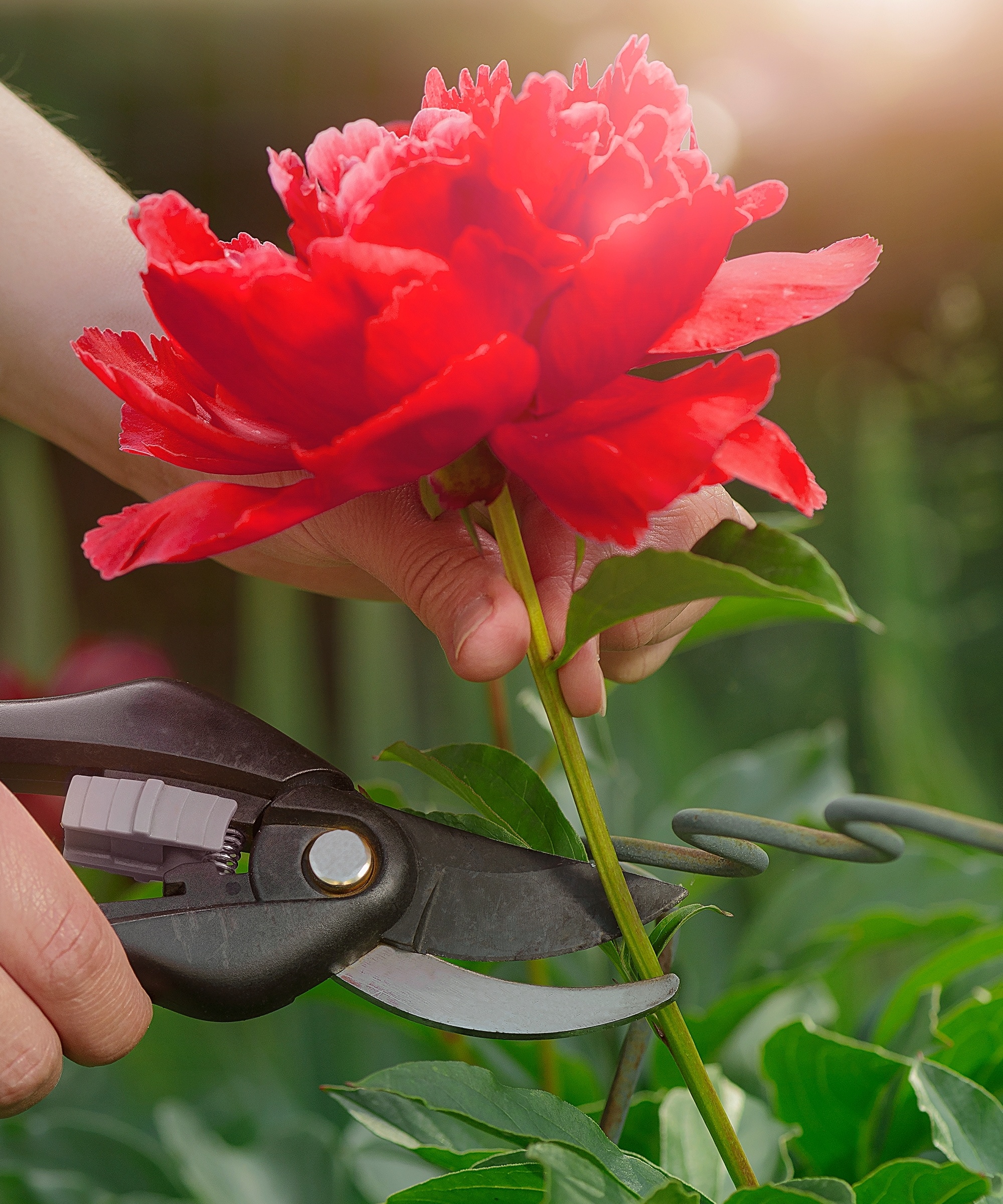
Don't get carried away when deadheading, just snip the stem below each faded flower
Deadheading is when we snip stems back to a healthy pair of leaf buds just below the fading flowers. For many species of plants regular deadheading leads to more blooms, but peonies only flower once in a season.
However, deadheading is still an important part of your peony care regime as it stops plants producing seeds, which takes a lot of energy.
Never prune peonies when you deadhead them after flowering in summer as it will weaken the plant or shrub.
Pruning too hard
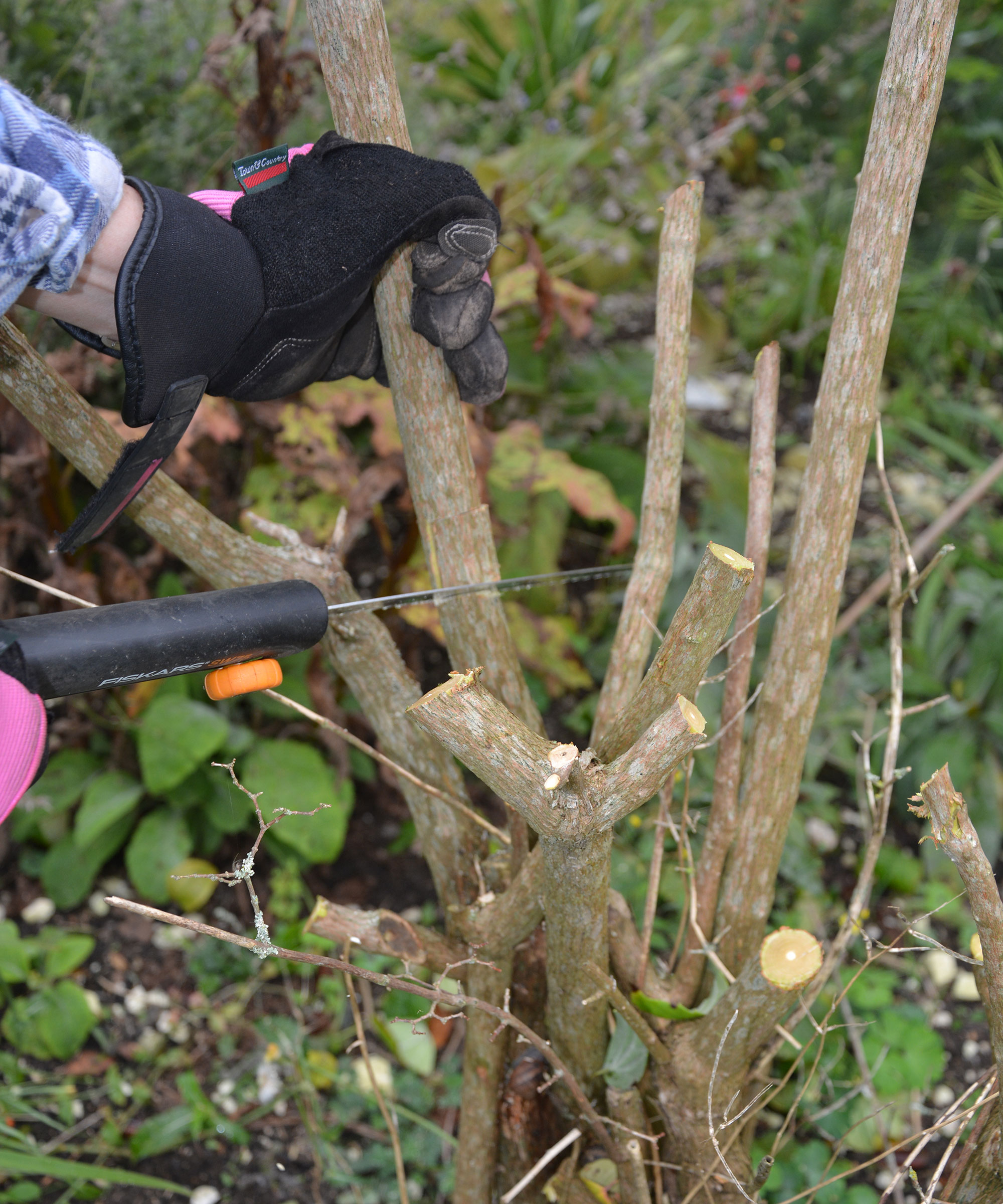
Tree peonies don't take kindly to hard pruning and it can set back their flowering
Heavy-handed pruning may work well for some plants but it won’t benefit any variety of peony.
Herbaceous peonies need their green growth to last through summer and die back naturally in the fall, feeding the crown and roots as it does so.
If too much green growth is removed in summer it will adversely affect the plant’s ability to grow and flower as well the following year.
Tree peonies only need a gentle trim to keep them in shape. Take off too much wood in the fall and your shrub may look unbalanced and take a long time to grow back into an attractive shape.
FAQs
Can I divide herbaceous peonies?
Like most perennials, herbaceous peonies can get too large. At this point, they can be divided in the fall when they have been cut back.
Dig widely around your plant to avoid damaging its roots and raise it from the soil. Then separate the roots into sections, making sure each division has 3-5 ‘eyes’ where new shoots will develop in spring.
Replant at the same depth as they were growing before, firm the soil around them then water generously and mulch the root area with well-rotted compost or manure.
When should I fertilize my peonies?
All varieties of peony can be fertilized in the fall using a general-purpose fertilizer such as Miracle-Gro all purpose plant food available on Amazon. Feed them again in spring just before their shoots start to appear to give them energy for the growing season ahead.
When should I plant peonies?
The fall is the best time to get new peonies in the ground because the soil will be warm from summer sunshine and damp from seasonal rain. Fall planting also gives the plant time to settle in and get its roots established before the really cold weather arrives.
Water new plantings well and add a layer of mulch to feed and insulate them through winter, but remember to remove the mulch before growth re-starts in spring.
Beautiful peonies are one of the stars of the summer garden, but there are lots of myths about growing them which can put people off trying.
Don't be deterred, they are fabulous plants - but they can be slow to grow so when buying, choose the largest one you can afford.

Ruth is a Contributing Editor for Homes & Gardens, and formerly Gardening Editor of Amateur Gardening magazine. She is horticulturally trained, with a qualification from the Royal Horticultural Society. Her work for Amateur Gardening, the world's oldest weekly gardening publication, involved matching gardening tasks with each season, covering everything from sowing and planting, to pruning, taking cuttings, dealing with pests and diseases and keeping houseplants healthy. She is an expert in ornamental plants and edible crops, and everything she writes about and photographs is in her own garden, that has been a work in progress since her family moved there in 2012.